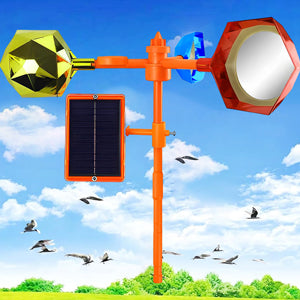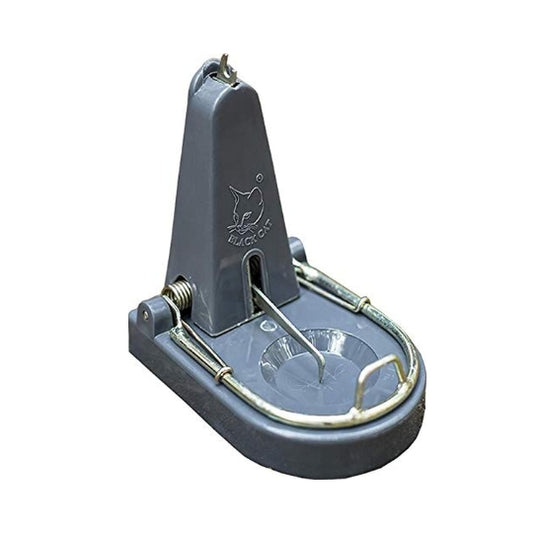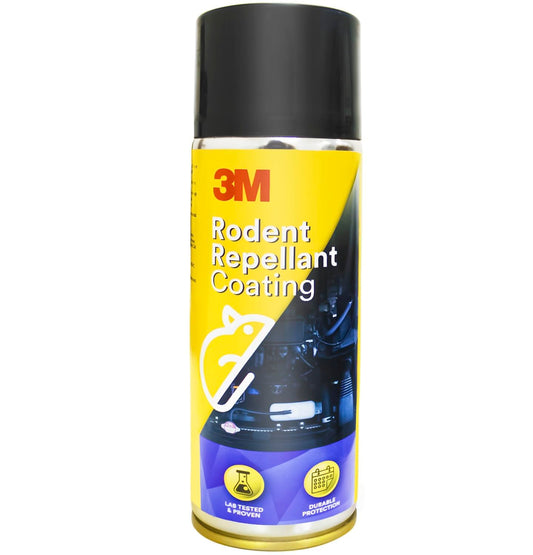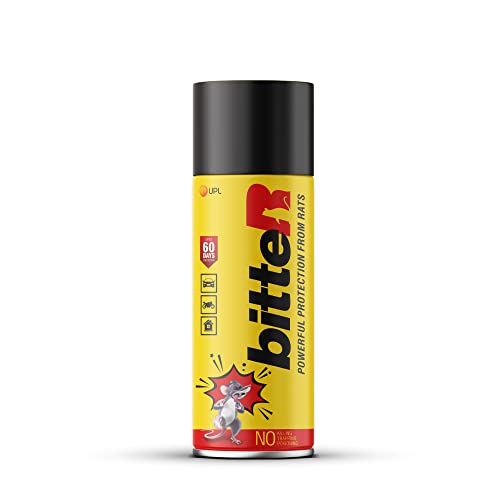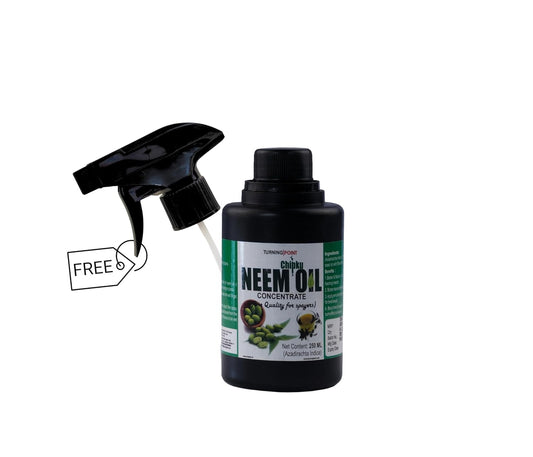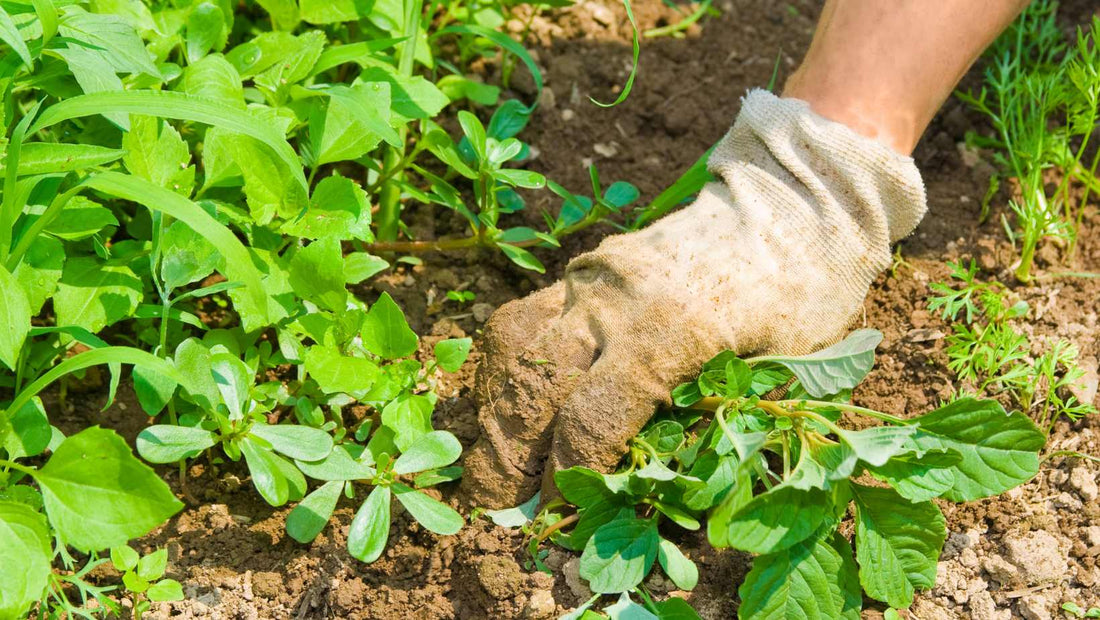
Weed Control: The Secret to Success is Understanding the Weed Life Cycle
Share
Weeds are a major challenge for farmers, as they can reduce crop yields and increase costs. To effectively control weeds, it is important to understand their life cycle and take steps to prevent seed formation and germination.
Weed Life Cycle:
Most weeds have a four-stage life cycle: seed, germination, seedling, and maturity. The seed stage is the most important stage for weed control, as it is when the weed is most vulnerable.
Seeds can remain dormant in the soil for many years. Thus they form a seed bank underground. These seed from underground bank can germinate at different times depending on the species and environmental conditions. Some seeds germinate immediately, while others may remain dormant for decades.
Once a seed germinates, it emerges from the soil as a seedling. Seedlings are small and weak, and they are easy to control with herbicides or mechanical methods.
As the seedling grows, it matures into a plant. Mature plants are more difficult to control, as they have developed a deep root system and they may have already produced seeds.
Weed Control Strategies:
There are a variety of weed control strategies that farmers can use, including:
- Cultural weed control: Cultural weed control practices, such as crop rotation, cover cropping, and competitive crop varieties, can help to reduce weed populations and prevent new seeds from being added to the soil.
- Mechanical weed control: Mechanical weed control methods, such as tillage and mowing, can also be effective, but they must be used before weeds go to seed.
- Chemical weed control: Chemical weed control is another option, but it should be used sparingly and in conjunction with other methods. Herbicides can be selective, killing only certain types of weeds, or non-selective, killing all plants. Farmers should choose herbicides that are appropriate for the weeds they are targeting and for the crops they are growing.
- Biological weed control: Biological weed control is a relatively new approach that involves using natural enemies of weeds, such as insects, fungi, and bacteria. This is a promising method of weed control, but it is still under development.
Preventing Weed Seed Formation and Germination:
The key to successful weed control is to prevent seed formation and germination. Farmers can do this by:
- Removing weeds before they go to seed. This can be done using mechanical, chemical, or biological methods.
- Using pre-emergence herbicides. Pre-emergence herbicides kill weeds before they germinate.
- Using selective herbicides to kill weeds while crops are growing. Selective herbicides will kill the weeds without harming the crops.
- Farmers can also use integrated weed management (IWM) to control weeds. IWM is a holistic approach that combines a variety of methods to prevent, suppress, or eliminate weeds.
-
Some IWM practices include:
- Using crop rotation to disrupt weed lifecycles
- Planting cover crops to suppress weeds
- Using spot treatments of herbicides to target specific weeds
- Releasing beneficial insects to control weed pests
- By using a combination of IWM practices, farmers can reduce weed populations and improve crop yields while also protecting the environment.
Conclusion:
Understanding the weed life cycle is essential for effective weed control. Farmers should use a combination of cultural, mechanical, chemical, and biological methods to prevent seed formation and germination. By following these strategies, farmers can reduce weed populations and improve crop yields.
I hope farmers understand this concept. I am thankful to you for reading up to this point. If you liked the content, please consider sharing it with your friends and family.
See you again at www.resetagri.in


